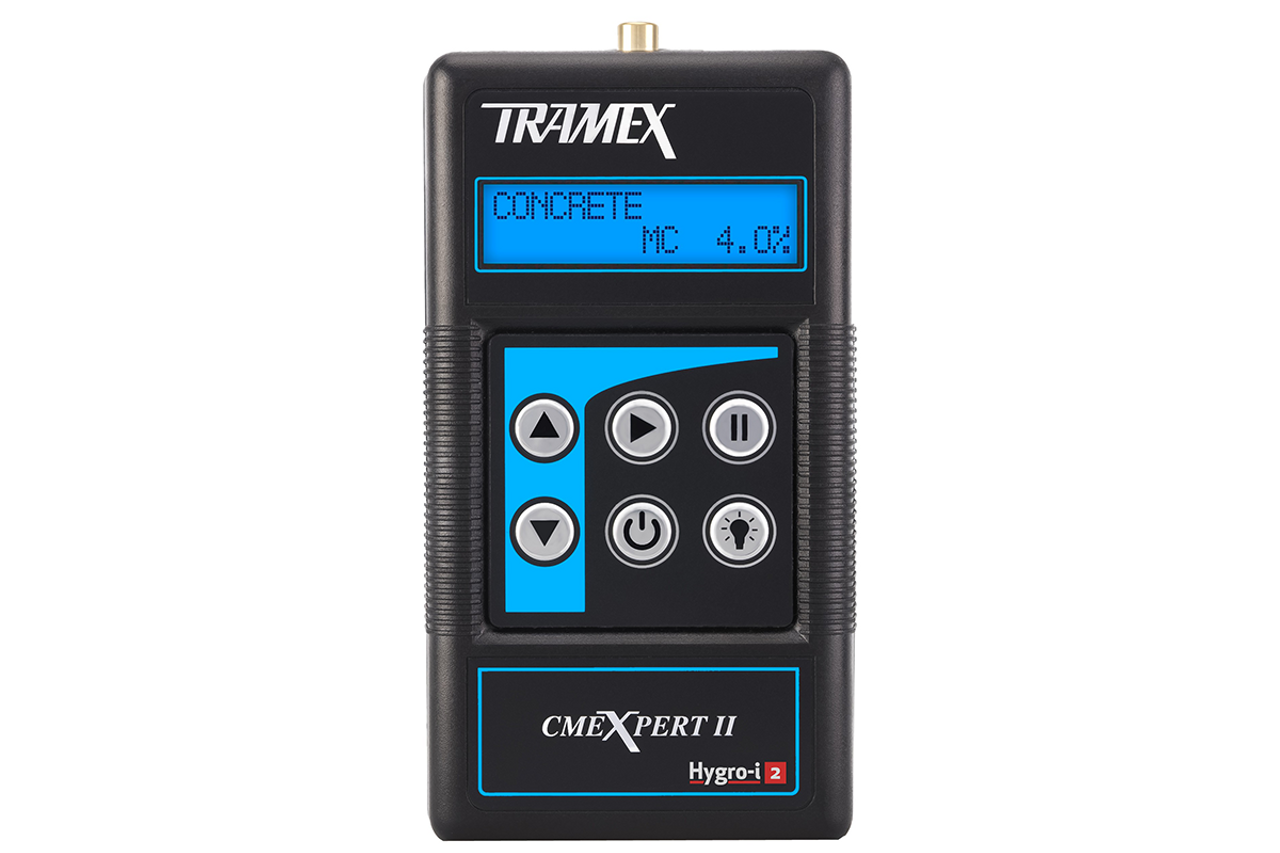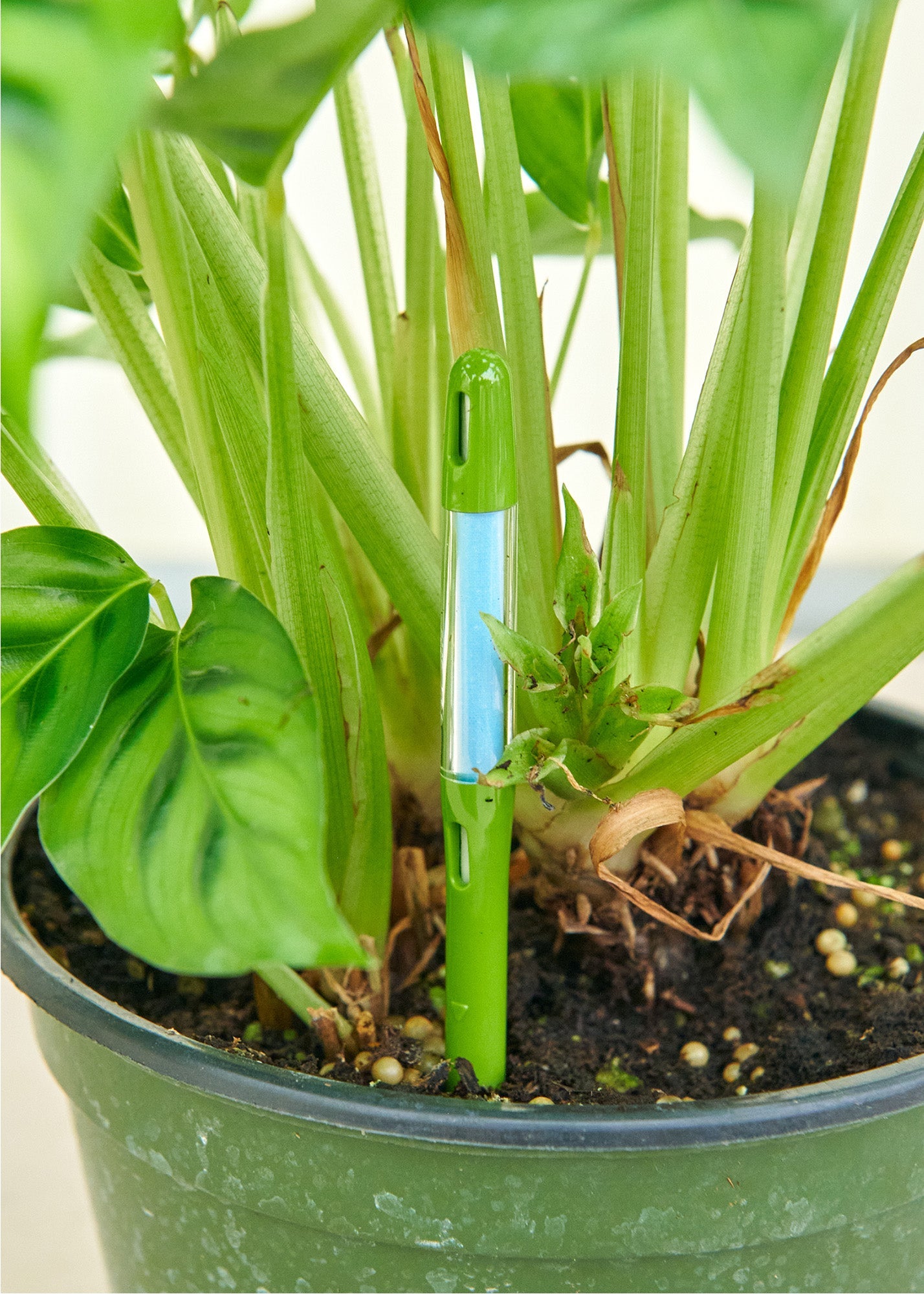The Ultimate Overview to Moisture Meters: A Comprehensive Overview and How They Can Save You Money
In the world of structure maintenance, building and construction, and numerous markets, the relevance of accurately gauging wetness degrees can not be overstated. Wetness meters work as indispensable devices in discovering and keeping track of moisture web content in materials, assisting in protecting against expensive damages and guaranteeing the quality of products. Comprehending the nuances of different kinds of wetness meters, their applications, and the potential cost-saving advantages they offer can be a game-changer for services and specialists alike. Finding exactly how these gadgets can not only simplify processes but likewise add to monetary savings is a journey worth starting.
Kinds Of Wetness Meters
One common type is the pin-type moisture meter, which determines the electrical resistance between 2 pins inserted right into a material. Pinless dampness meters, on the other hand, use electromagnetic sensor plates to scan a bigger area without triggering damage to the product's surface area.

Infrared wetness meters gauge the thermal residential properties of a material to identify its moisture material non-invasively, making them beneficial for applications where pin or pinless meters may not be appropriate. Comprehending the different kinds of wetness meters readily available can assist markets select the most appropriate tool for their details dampness measurement requirements.

Benefits of Using Moisture Meters
Moisture meters offer important benefits in precisely monitoring and assessing wetness levels in varied materials and settings. One of the main benefits of using dampness meters is the avoidance of potential damage caused by excess moisture.
Additionally, using dampness meters can lead to raised energy performance. In farming settings, moisture meters play an essential function in maximizing plant yields by enabling farmers to monitor dirt moisture levels and make educated irrigation decisions.
Just How to Pick the Right Dampness Meter
Selecting the proper wetness meter involves taking into consideration crucial variables such as material compatibility, measurement array, and calibration precision. When selecting a moisture meter, it's important to guarantee that the meter appropriates for the details material you will certainly be screening. Different materials have varying electrical homes that can affect wetness analyses, so choosing a meter designed for your product is crucial for accurate outcomes. Furthermore, take into consideration the measurement series of the wetness meter. Guarantee that the meter can find dampness levels within the array required for your applications. Calibration precision is one more essential element to keep in mind. Choose a moisture meter with reputable calibration to ensure regular and exact readings. Some meters may call for periodic calibration adjustments, so comprehending the calibration procedure is necessary. By thoroughly examining these aspects, you can pick a moisture meter that meets your needs and provides accurate dampness dimensions for your projects.
Correct Strategies for Wetness Meter Usage

Price Cost Savings With Wetness Meter Applications
Exactly how can the critical use of dampness meters result in substantial cost savings across numerous industries? Moisture meters play a critical duty in cost savings by stopping possible damage and making sure quality assurance in various fields. In the agriculture industry, dampness meters aid in establishing the optimal time for harvesting crops, hop over to these guys avoiding excess or over-drying dampness that can impact the final product's quality. This precise tracking aids farmers prevent unnecessary losses and maximize their yield.
In a similar way, in building, wetness meters assist avoid costly problems by detecting wetness levels in structure materials, such as timber or concrete, which can lead to architectural issues if not resolved without delay. By identifying issue locations early on, professionals can take rehabilitative procedures to prevent considerable fixings or replacements, inevitably conserving time and cash.
In addition, in the food handling sector, wetness meters are necessary for checking item quality and guaranteeing conformity with security laws. By properly measuring dampness content in foodstuff, producers can prevent putridity, keep quality, and reduce waste, causing significant expense savings. In general, the strategic application of wetness meters you can check here is a useful investment that can result in considerable cost decreases and improved effectiveness throughout numerous industries.
Verdict
Finally, dampness meters are important tools for detecting and measuring dampness degrees in numerous materials. By using the right wetness meter and following proper techniques, customers can effectively prevent costly problems triggered by excess moisture. Spending in a high quality moisture meter can lead to substantial price financial savings in the future by determining possible problems at an early stage and allowing punctual removal. Ultimately, wetness meters are essential tools for maintaining the stability and longevity of structures and products.
Wetness meters offer as crucial tools in spotting and keeping an eye on moisture material in products, assisting in avoiding pricey damages and ensuring the quality of products. Infrared dampness meters determine the thermal properties of a product to establish its wetness material non-invasively, making them useful for applications where pin or pinless meters might not be ideal.Wetness meters try these out supply invaluable benefits in precisely evaluating and keeping track of dampness levels in diverse materials and atmospheres. In agricultural setups, wetness meters play a crucial function in optimizing crop returns by allowing farmers to keep track of dirt wetness levels and make informed watering choices.In final thought, moisture meters are important tools for determining and finding dampness degrees in various products.